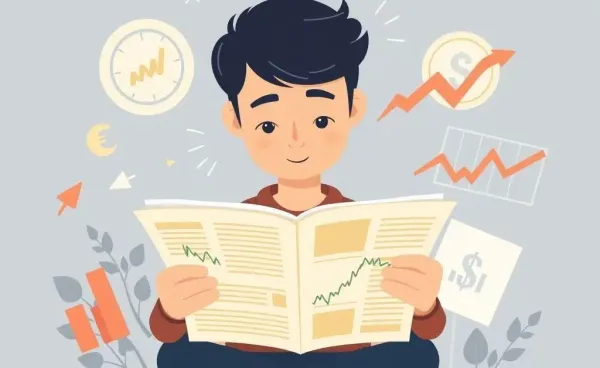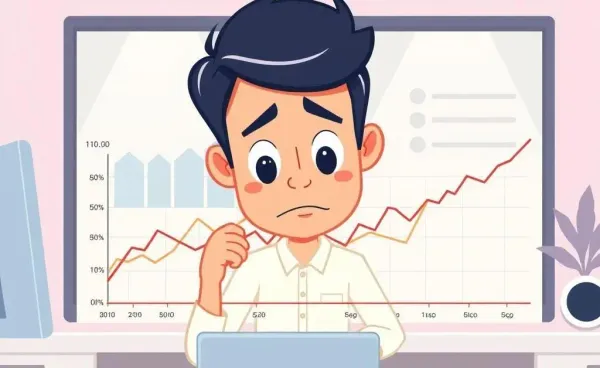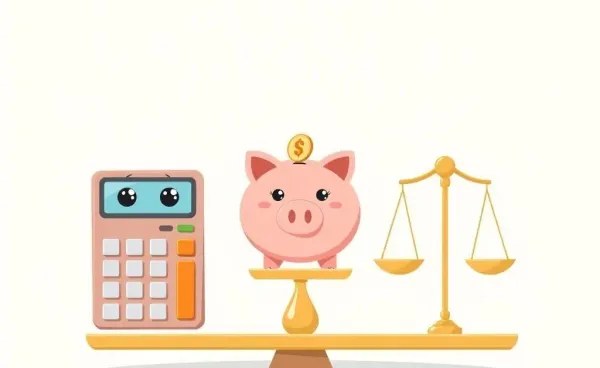Is 3% the New 2%? Understanding the Federal Reserve's Evolving Inflation Goals
Explore why the Federal Reserve might consider 3% the new 2% for inflation targets.
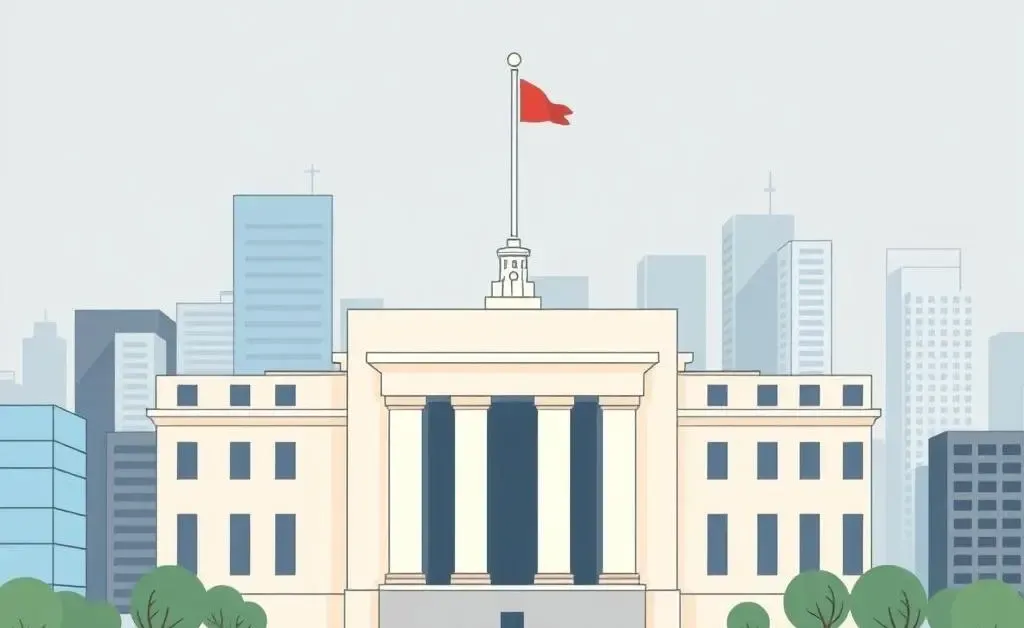
Have you ever thought about how the Federal Reserve's decisions could impact your future? Recently, there's been chatter about the Fed considering 3% inflation as the new 2%. Let's dive into why this matters for you and me.
Why the Federal Reserve Considers Adjusting Inflation Targets
The Federal Reserve’s job is to keep our economy steady. Traditionally, they've aimed for a 2% inflation target. But with the economic upheaval in the past few years, some economists suggest a shift towards a 3% target. Why? The economy is like a delicate balancing act, and a bit more flexibility might give it the wiggle room it needs to thrive.
Interest Rates & Their Ripple Effects
Interest rate cuts are often used to stimulate economic growth. If they become more frequent, aim for higher inflation might just be a strategic move. Imagine a busy coffee shop where the barista cuts the price of coffee by $0.50 for regular customers. Demand surges, profits increase, and the shop owner entertains the idea of maintaining these new prices to keep things lively. Would this translate well to our economy?

The idea is similar. More flexible inflation goals could support spending and investment, providing a boost when things look gloomy.
How It Impacts You
So what does that mean for your wallet? Here’s a breakdown:
- If inflation rates rise, borrowing costs might decrease, potentially making loans cheaper.
- Your savings could see different returns. Interest earned might lag behind the inflation rate.
- Long-term investments could have a different risk and reward structure.
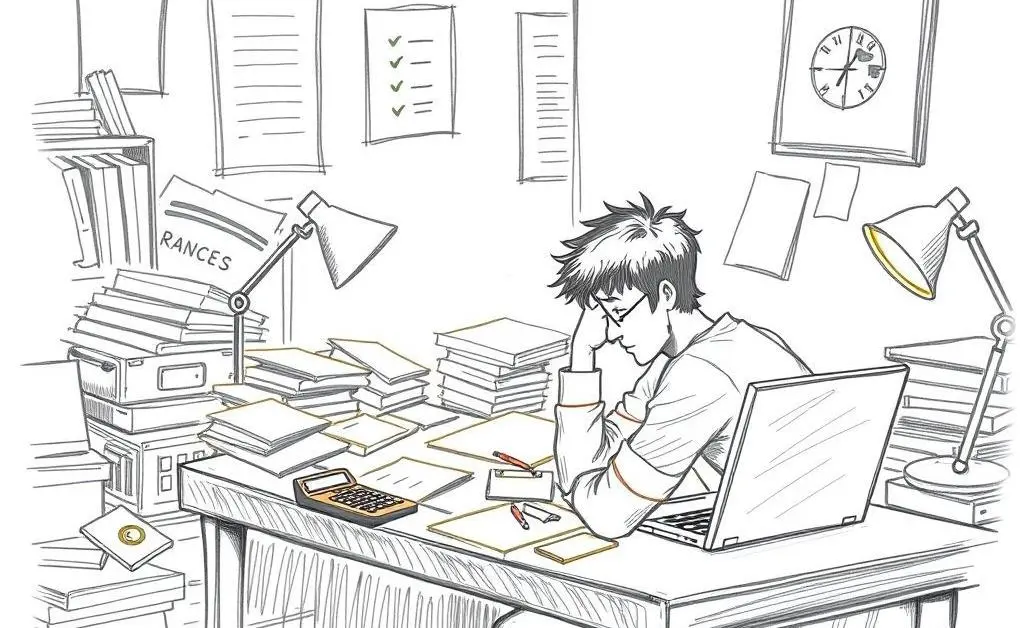
Let's say you’ve got a 5-year plan to save for a house. A higher inflation goal might mean tweaking your strategy to keep things on track.
Navigating the Economic Future
Thinking about where our economy is headed can feel like peering into a crystal ball. Volatility and change are certain companions. However, understanding the Fed’s policies can help us make informed choices about spending, saving, and investing.
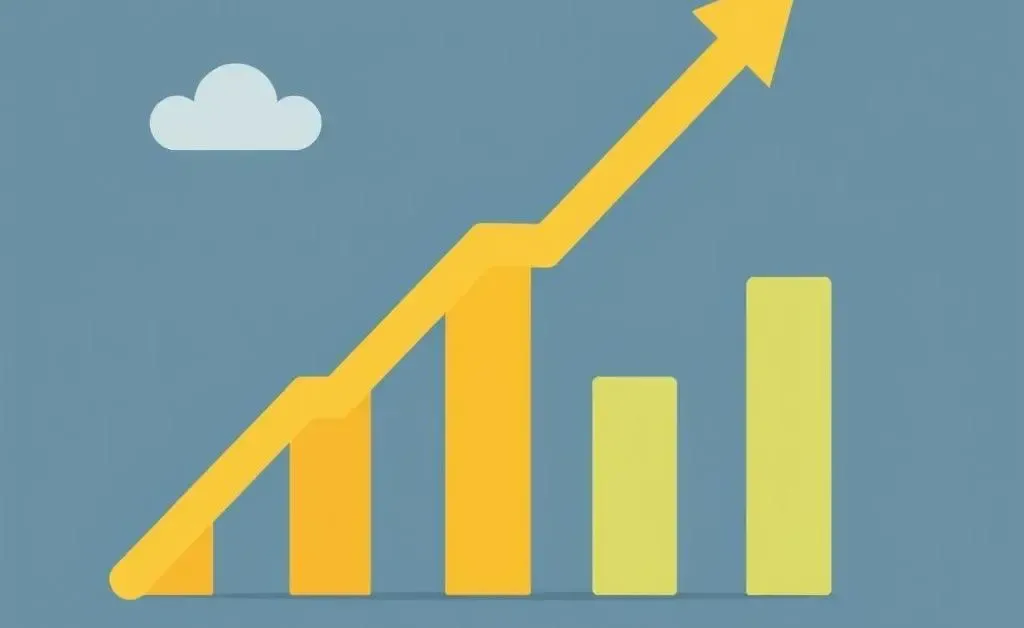
While none of us can predict exactly what will happen next, being informed and adaptable can help you ride the waves of economic change with a bit more confidence.
Final Thoughts
In the ever-evolving world of economics, staying ahead means being informed. How do you think the possible shift in inflation objectives could affect your financial plans? Let’s keep this conversation going!

